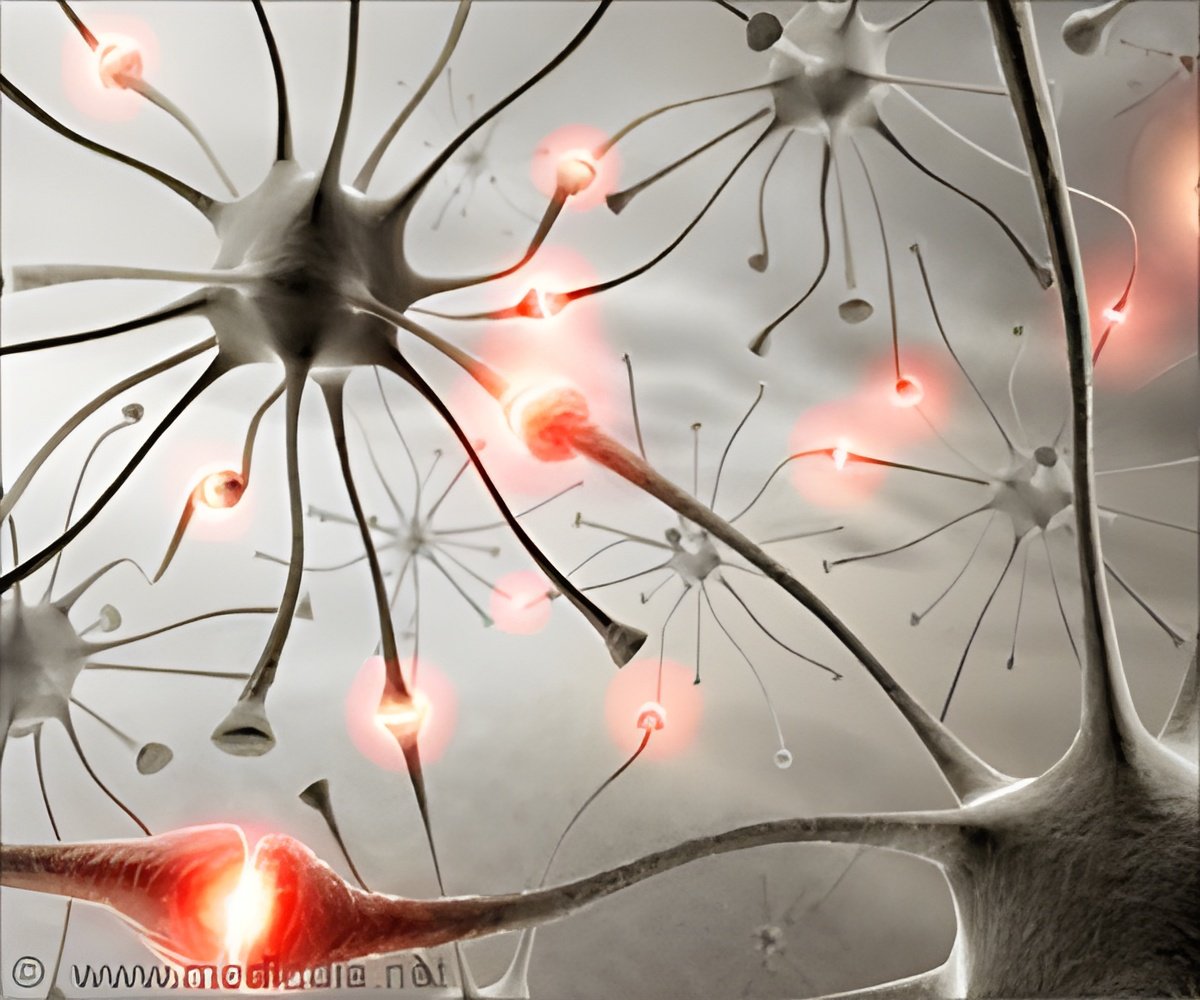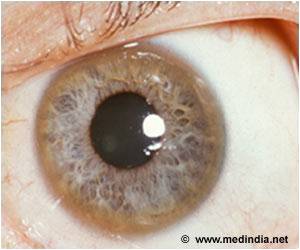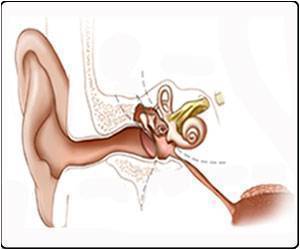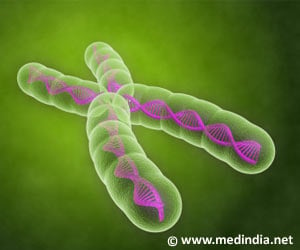Study offers new insights into the genetic mutation associated with the development of Parkinson’s disease.

‘The most common gene mutation associated with Parkinson's alters cells circulating outside the brain, not within.’





Together with Dr. Smeyne, first author Elena Kozina, PhD, looked at the mutant version of the LRRK2 gene (pronounced 'lark'). Mutations in the LRRK2 gene are the most common cause of inherited Parkinson's disease
and are found in 40 percent of people of North African Arab descent and 18 percent of people of Ashkenazi Jewish descent with Parkinson's. However there's been controversy around the exact function of the LRRK2 gene in the brain. "We know that gene mutation is not enough to cause the disease," said Dr. Kozina, Post-Doctoral student at Jefferson (Philadelphia University + Thomas Jefferson University). "We know that twins who both carry the mutation, won't both necessarily develop Parkinson's. A second 'hit' or initiating event is needed."
Based on his earlier work showing that the flu might increase risk of Parkinson's disease, Dr. Smeyne decided to investigate whether that second hit came from an infection. Suspecting that the LRRK2 mutations might be acting outside of the brain, the researchers used an agent -- the outer shell of bacteria, called lippopolysaccharide (LPS) - that causes an immune reaction. LPS itself does not pass into the brain, nor do the immune cells it activates, which made it ideal for testing whether this second hit was acting directly in the brain.
When the researchers gave the bacterial fragments to the mice carrying the two most common LRRK2 gene mutations, the immune reaction became a "cytokine storm," with inflammatory mediators rising to levels that 3-5 times higher than a normal reaction to LPS. These inflammatory mediators were produced by T and B immune cells expressing the LRRK2 mutation.
Despite the fact that LPS did not cross the blood-brain barrier, the researchers showed that the elevated cytokines were able to enter the brain, creating an environment that caused the microglia to activate pathologically and destroy the brain region involved in movement.
Advertisement
Advertisement










